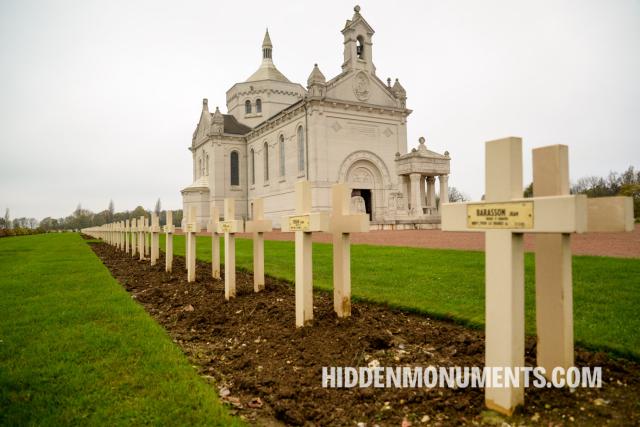The opening stages of the Tour de France cross northern France, a region deeply marked by the legacy of World War I and the coal industry.

The 112th edition of the Tour de France kicks off on Saturday, 5 July, in Lille with an opening stage of 184.9 kilometres to the west of the city. After just 40 kilometres, the action begins. Shortly past Lens, the peloton rides through Liévin, home to a dozen coal mines.
Bunkers and Mines in the Opening Stage
The riders first pass the winding tower of the Fosse Saint-Amé mine, the site of the most significant post-war mining disaster in France, which occurred in 1974.
Less than a kilometre further stands another preserved winding tower, the blue-painted structure of the very first mine operated by the French Compagnie des Mines de Liévin.
As they leave Lens, an extensive war cemetery and the Notre-Dame de Lorette monument serve as solemn reminders of the fierce battles fought in the area during World War I.
In Noeux-les-Mines, the peloton is once again surrounded by mining heritage. Following the modernisation of the mine complex at the end of the 19th century, this site was considered a model mine. However, it met an inglorious end in the 1960s.
A Strategic Valley
Just past Mont Noir (Black Mountain), war heritage reappears. The riders descend into the French town of Bailleul. The Germans occupied this town at the beginning of World War I, but it was recaptured by Allied bombing in 1918, leaving much of Bailleul in ruins.
To prevent a repeat of such devastation, the access road was fortified in the 1930s with two Maginot bunkers. These strongholds were part of the Maginot Line, a defensive line along the French border intended to prevent another German invasion.
A Mine Safari from Valenciennes
Mining heritage isn’t limited to the opening stage. On the third day of the Tour, it makes another appearance during the 178-kilometre ride that starts in the former mining city of Valenciennes.
Just a few kilometres after the start, the riders pass close to the blue steel winding tower of the Sabatier mine and its accompanying slag heap in Raismes.
As the peloton rides through Douvrin, they pass the coal mine of Meurchin, rebuilt after World War I. After its closure, the winding tower was converted into a shot tower for producing lead pellets used in hunting ammunition.
Want to Explore It Yourself?
The Tour de France traditionally concludes in Paris on Sunday, July 27. After that, you'll have plenty of time to explore the remains of northern France's mining heritage for yourself.
The Nord-Pas-de-Calais Mining Basin comprises approximately 109 relics, which have been designated as a UNESCO World Heritage site since 2015.
Prefer military history? Explore the fortifications of the French Maginot Line or the World War I heritage sites.










